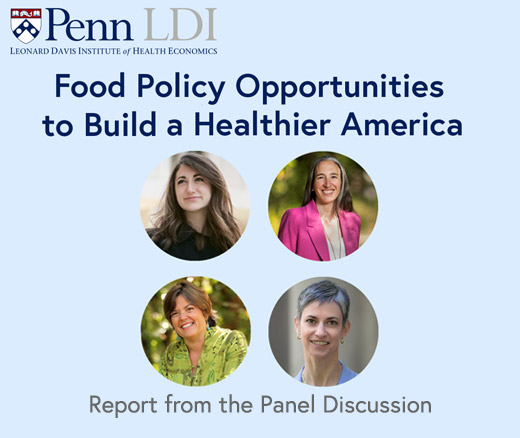
Contradictions That Confuse Federal Food Policies
Announcing Bold New Goals While Crippling the Infrastructure Needed to Achieve Them
Population Health
Blog Post

The Philadelphia Lung Cancer Learning Community stands out as a rare example in modern health care, where partner groups from the largest hospital systems in one city collaborate to enhance their collective impact. Philadelphians have the highest smoking rate among large U.S. cities, with 20% of adults smoking cigarettes, and 89,000 individuals in the city are estimated to be eligible for lung cancer screening. The city also has elevated levels of toxic air pollution.
Lung cancer screening, which is the “use of tests and exams to find a disease in people without symptoms,” is a key component to the early identification of lung cancer. Early detection without screening can be rare, with only 16% of lung cancers being identified early. Late detection increases the rate of mortality from the disease.
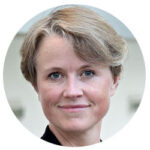
In a new research study published in JNCI Cancer Spectrum, LDI Senior Fellows Katharine Rendle, Richard Wender, Farouk Dako, along with their Lung Cancer Learning Community colleagues, described a growing partnership by the city’s largest systems–Penn Medicine, Temple Health, and Jefferson Health–which produced a specialized map or spatial analysis of Philadelphia. The goal was to identify community members most likely to have lung cancer and those least likely to undergo screening.
What did they find? Neighborhoods in North and Northwest Philadelphia had the lowest screening counts despite having elevated lung cancer risk factors including “high tobacco retailer density or high smoking prevalence.” Neighborhoods closest to screening locations at any of the healthcare systems had the highest counts of screening.
To delve deeper into the collaborative’s next steps, I had the opportunity to speak with Dr. Rendle.
Rendle: This three-system partnership, which we call the Philadelphia Lung Cancer Learning Community or PLC2, began early in 2020, and started as a meeting of clinical and research faculty at Penn, Temple, and Jefferson with similar interests in reducing lung cancer mortality through equitable screening and treatment. In our early meetings, we openly discussed the challenges with multi-system partnerships across the region. However, we found a path forward for collaboration by focusing on the benefits that such partnerships could have on the health of Philadelphia’s citizens. To solidify our partnership, we signed a shared vision statement, which is one strategy that has proved to be successful and could be applied to future collaborations. Also, we recognize that each of us and our systems have the shared goal of improving the health and well-being of our patients. Instead of potentially focusing on what may differ between our systems or historical challenges, we emphasize this shared goal, which has been key.
Rendle: Across the city, we all need to do a better job at making sure all adults eligible for lung cancer screening know this and can be screened if they wish. Lung cancer screening can help detect lung cancer earlier and help save lives–but across Philadelphia and the nation–screening rates are very low. Since 2018, my colleagues and I have been working to understand gaps and disparities in lung cancer screening and follow-up with support from the Abramson Cancer Center and the National Cancer Institute (NCI). However, using Penn data only, we were limited in documenting our impact across the city. This is a unique strength of our collaborative with Jefferson and Temple, and one that now allows us to shift toward actionable interventions across the city.
Rendle: Where we live, work, and play greatly predicts our health and well-being. And we know that in Philadelphia, there are pervasive disparities across neighborhoods stemming from historic and persistent structural inequities and racism. With the growth of electronic medical records, there is an immense amount of data that can be used to predict and identify those in need of care, such as lung cancer screening. However, using individual data alone, we might miss disparities in neighborhoods and fail to include anyone not yet in our system. Neighborhood-level characteristics help to identify communities at the greatest risk for lung cancer. It also allows us to design interventions that can help through collective partnerships.
Rendle: In contrast to other types of cancer screening, lung cancer screening eligibility requires an assessment of lifetime smoking intensity–measured as “pack-years,” or the average number of cigarette packs smoked each year for every year you smoked. Documenting pack-years is challenging at the patient, clinician, and system level. It continues to be one of the greatest barriers to lung cancer screening. Also, there is less awareness about lung cancer screening as well as continuing stigma from the disease that results in less uptake. Increasing participation in lung cancer screening will require multi-level approaches, including the use of community partnerships to communicate the benefits of lung cancer screening, help adults access screening in the city, and reduce the stigma from the disease.
Rendle: Given our focus on local areas across the city, our research communicates gaps in care at the neighborhood level that can be a powerful tool for policymakers, neighborhood groups, and retailers. This is a strength of our collaboration as it focuses not only on what one system can do, but the city as a whole and what our collective systems can (and must) do to make a measurable impact. Philadelphia has the greatest smoking prevalence of any major U.S. city. Therefore, we can make a substantial impact in reducing lung cancer burden across the city which can serve as an example to other cities and regions.
Rendle: Across our collaborative, we continue to meet regularly and have identified several other projects where we will work together to translate our findings into action. We also continue to learn from each other–even as we work to improve screening within our systems. For example, at Penn Medicine, as part of the Penn Center for Cancer Care Innovation, we are working to launch an NCI-funded pragmatic trial in early 2024 designed to increase shared decision-making and lung cancer screening across our system. At Jefferson, collaborators are funded to conduct a trial designed to increase screening within their system and beyond. While each of these projects is site-specific, we continue to work closely with each other to integrate each other’s strategies as appropriate. We hope that our collaboration can be an example to other health care systems and researchers seeking to improve lung cancer screening.
The study, “The Philadelphia Lung Cancer Learning Community: A Multi-health-system, Citywide, Approach to Lung Cancer Screening,” was published in October, 2023 in JNCI Cancer Spectrum. Authors include Julie A. Barta, Cherie P. Erkmen, Christine S. Shusted, Ronald E. Myers, Chelsea Saia, Sarah Cohen, Jocelyn Wainwright, Charnita Zeigler-Johnson, Farouk Dako, Richard Wender, Gregory C. Kane, Anil Vachani, and Katharine A. Rendle.
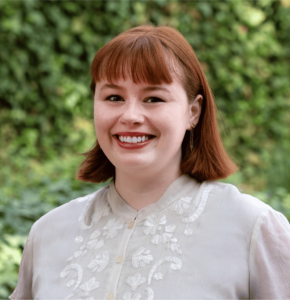

Announcing Bold New Goals While Crippling the Infrastructure Needed to Achieve Them

Promising New Evidence and What’s Next

From 1990 to 2019, Black Life Expectancy Rose Most in Major Metros and the Northeast—but Gains Stalled or Reversed in Rural Areas and the Midwest, Especially for Younger Adults
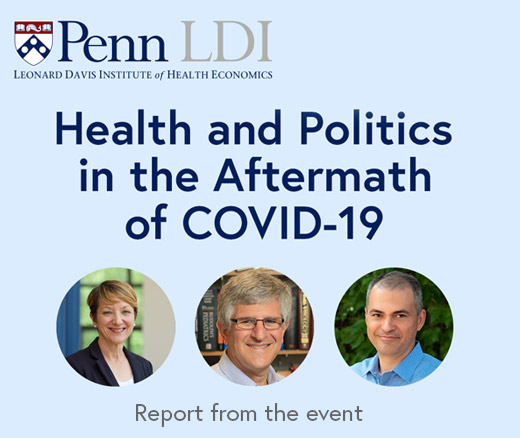
A Penn LDI Seminar Focuses on Why They’re Important for the Future
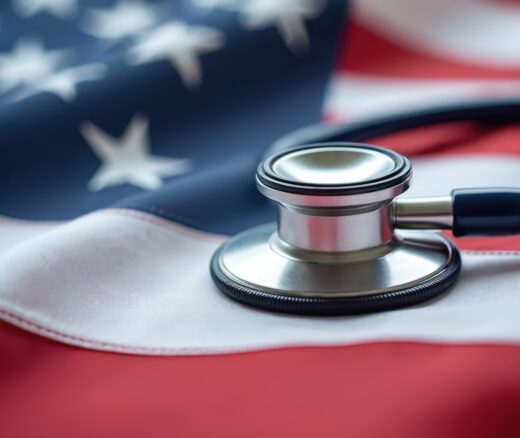
Former Philadelphia Health Commissioner Warns That Gutting the CDC, Undermining Vaccines, and Politicizing Science Will Leave the U.S. Dangerously Unprepared for the Next Pandemic
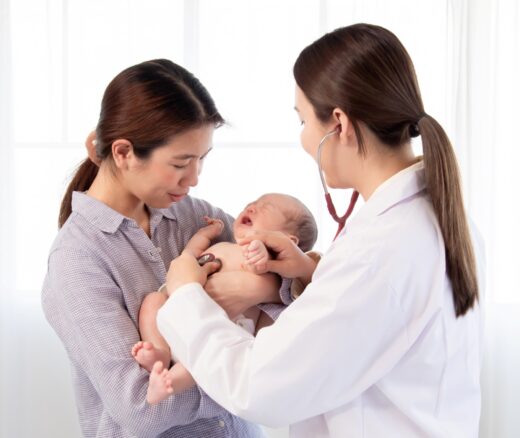
Rural Parents Had More Emergency Visits and Insurance Loss Than Urban Peers, an LDI Study Shows. Integrated Baby Visits Could Help All Parents Be Healthier